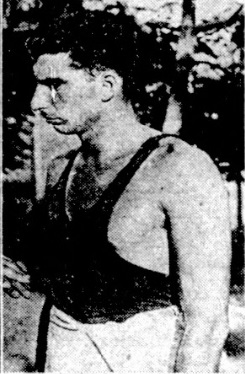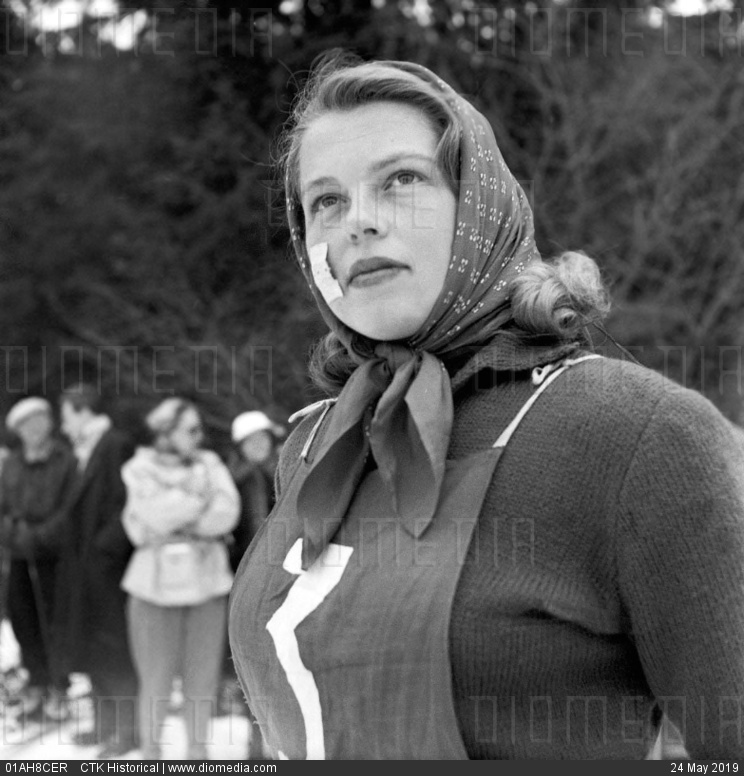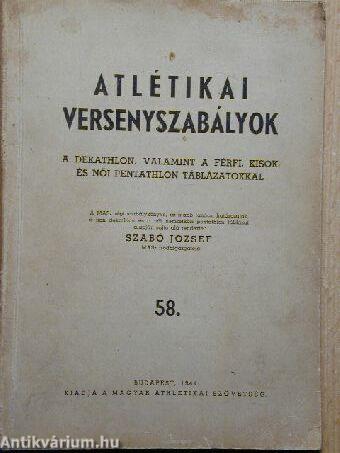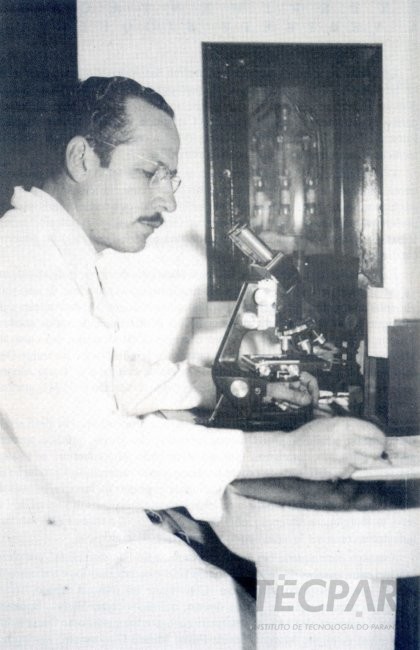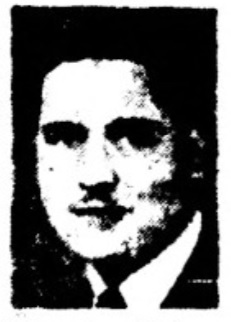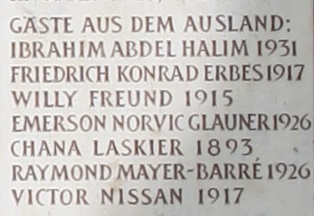So Russia is mostly banned from international sporting events, based on their recent invasion of Ukraine, but their doping history over the last decade or two certainly doesn’t help. There are murmurs out there that they will not be able to compete at the 2024 Paris Olympics. What could come of that, if true? Would the Russians try to hold their own international multi-sport events, inviting their friends – China, Iraq, Syria, North Korea, and a few other world sport “powers”.
Not only could the Russians do that, if their ban lasts much longer, they almost certainly will do that. And this will be far from the first time that other international multi-sport events (IMSE) have competed “against” the Olympics, usually with the same result as the ABA had against the NBA, the XFL and USFL have had against the NFL, and probably, that the LIV golf exhibitions will have against the PGA Tour.
Rich Perelman, in his excellent blog, The Sports Examiner, discussed this possibility in his edition of 21 Sep 2022, nothing that, “Last week, Russian President Vladimir Putin expanded the idea, telling the SCO Summit in Samarkind (UZB), ‘It seems that there are good opportunities to intensify sports cooperation with the prospect of holding major sporting events under the auspices of the SCO. To do this, we could think about creating an association of sports organizations under our association.’”
Perelman then noted, “On Tuesday, Russia’s Irina Viner, head of the Council for Physical Culture and Sports of the Russian-Chinese Committee for Friendship, Peace and Development spoke even more plainly,
‘We are ready to negotiate with China to hold various events, from joint training camps to competitions. As our leaders Xi Jinping and Vladimir Putin said, now we must create a multi-sports organization independent of the IOC.’”
Let’s look at previous attempts to create international multi-sport events competing against the Olympic Games and the IOC.
The first major IMSE was in 1919 and was called the Inter-Allied Games. It was held in Vincennes, France, just outside of Paris, at the Pershing Stadium, and the invited nations were the “victors” in World War I. They contested mostly standard events, but a few extraneous ones were held, such as grenade tossing. Charlie Paddock starred, presaging his victories at the 1920 Antwerpen Olympics. The Inter-Allied Games were never held again as there was no need for them and they were no threat to the Olympic Movement.
In 1936 there were numerous calls to boycott the Berlin Olympics. Spain was also in a tumult at the time, beginning a civil war, and they threatened to hold alternative Olympics, the People’s Olympiad, in their own protest against the Berlin Games, which were to start on 18 July. However, the military coup that began the Spanish Civil War started on that day and the People’s Olympiad was put on hold and never contested. It was also never a threat to the Olympic Movement.
Prior to World War II, the Soviet Union began the Spartakiads. These became well-known as Soviet festivals after the War as primarily a Soviet propaganda event, but before 1940 these events were open to several nations, not just the Soviet Union. There were five of them organized by Red Sport International between 1928 and 1937.
The Spartakiads overlapped with the International Workers’ Olympiads, which were held between 1925-1937 by Socialist Workers’ Sport International (SWSI). They were all conducted in Europe and featured mass participation exercises with as many as 100,000 participants at the 1931 Workers’ Olympiad in Vienna. These Games were an attempt to compete against the Olympic Games which the SWSI considered elitist and only for the privileged classes. Both the international Spartakiads and the Workers’ Olympiads actually had limited national participation, and never threatened the Olympic Movement.
In the summer of 1962, Jakarta hosted the Asian Games, but it refused to issue visas to athletes from Taiwan and Israel. For this, the IOC suspended the Indonesian NOC. Unfortunately for the IOC, similar rulings had recently been made by France and the United States, which refused to issue visas to East German athletes competing in those countries. Those nations were not suspended.
In response to the IOC actions, Indonesian President Sukarno proposed the Games of the New Emerging Forces (GANEFO) in early 1963 to “promote the development of sports in new emerging nations so as to cement friendly relations among them.” The original conference on these Games occurred in April 1963, with the following nations present: Cambodia, China, Guinea, Indonesia, Iraq, Mali, North Vietnam, Pakistan, the United Arab Republic, and the Soviet Union. But Sukarno denounced the IOC in his opening speech and also noted, “Let us frankly declare that sport has something to do with politics. And Indonesia now proposes to mix sport with politics.”
GANEFO was an obvious attempt to compete against the Olympic Games. GANEFO I was held in November 1963 in Jakarta, Indonesia with 50 nations present. The problem was that China, DPR Korea (North), and North Vietnam were present, none of which were recognized by several of the IFs organizing sports at GANEFO, notably the IAAF (track & field athletics) and FINA (swimming). Indonesia athletes also competed, quite naturally, since they hosted the Games. In response the IOC banned the athletes from Indonesia and DPR Korea who had competed at GANEFO from participating at the 1964 Tokyo Olympics. (China and North Vietnam could not compete at Tokyo as they did not have recognized NOCs.) Indonesia and DPR Korea responded by demanding that their athletes be reinstated or their entire teams would boycott the Tokyo Olympics. The athletes were not reinstated, and the two nations did not compete at Tokyo. One athlete, North Korean runner Dan Shin-Geum, was sorely missed as she was the world record holder in the 800 metres for women and would have been favored at Tokyo. Sukarno was ousted from power in 1965, and the IOC rescinded its suspension of Indonesia.
GANEFO II went on, however, in Phnom Penh, Cambodia in 1966, and again North Korea competed. For this, North Korea was also suspended from the 1968 Olympic Games at Mexico City. By then, however, the idea of the Games of the New Emerging Forces had lost favor. They were not held again, but GANEFO was the closest thing ever to a threat to the Olympic Movement, however short-lived.
In 1976 African nations boycotted the Montréal Olympics over the presence of New Zealand, after their rugby team, the All-Blacks, had recently played matches in apartheid South Africa, even though rugby was not an Olympic sport. Then in 1980 the United States boycotted the Moskva Olympics over the Soviet invasion of Afghanistan, followed by the Soviet’ boycott of the 1984 Los Angeles Olympic in retribution.
Nothing came of any of these except a lot of athletes lost their dreams. But because of these boycotts, several IMSEs and other events were held to give the athletes something to compete for outside of the Olympics Games.
In 1980 there were alternative events held in the United States, notably the Liberty Bell Classic, a track & field athletics competition held at Franklin Field in Philadelphia, site of the Penn Relays.
In 1984 the Soviets went even further, holding the Friendship Games, an IMSE with 22 sports, hosted by nine nations from the Soviet Bloc, spread out over four months from June to September 1984, with 39 nations competing. Neither the Liberty Bell Classic nor the Friendship Games were ever held again.
However, Ted Turner, he of CNN fame and America’s Cup fame, had had enough of this and decided to form his own peaceful IMSE – the Goodwill Games. These would turn out to be the longest-lived attempt to compete against the Olympics, and they basically were held alongside them for several years. Goodwill Games were held in 1990 in Seattle, Washington, 1994 in St. Petersburg, Russia (the former Leningrad and Petrograd), in 1998 in New York City, and in Brisbane, Australia in 2001. In 2000, the 1st Winter Goodwill Games were contested in Lake Placid, New York, USA. The 2001 Goodwill Games were held in Brisbane, Australia, but with the break-up of the Soviet Union, the need for a Goodwill Games was far from clear. In addition, all of the Goodwill Games hemorrhaged money (Ted Turner was very wealthy – rich people don’t like hemorrhaging money – attention LIV Golf Tour). The Goodwill Games were discontinued after 2001.
And so it goes. It is highly likely that Russia, if it continues to be banned from international sport, will come up with some IMSE, hosting its friends to compete. It is also more than likely that these will be very short-lived or never held again.
